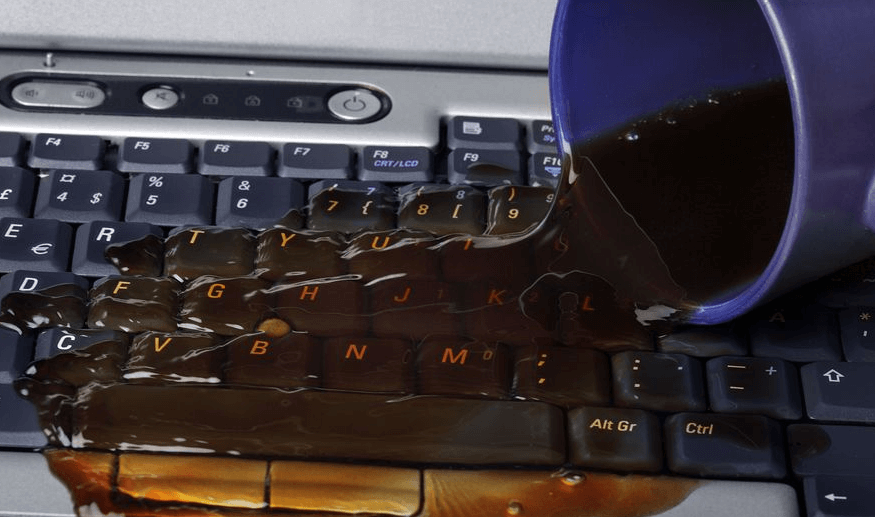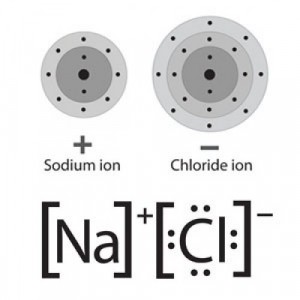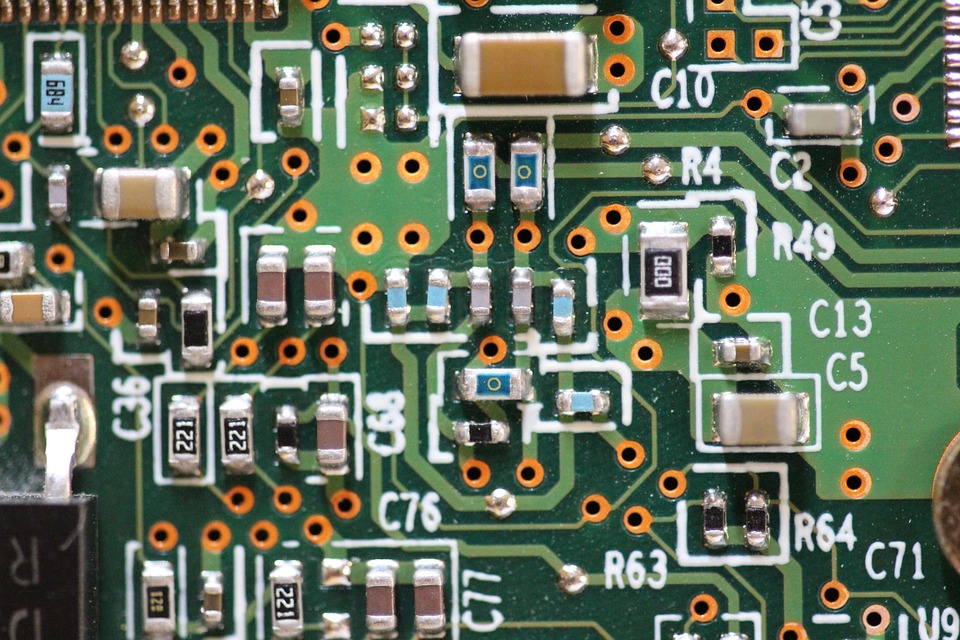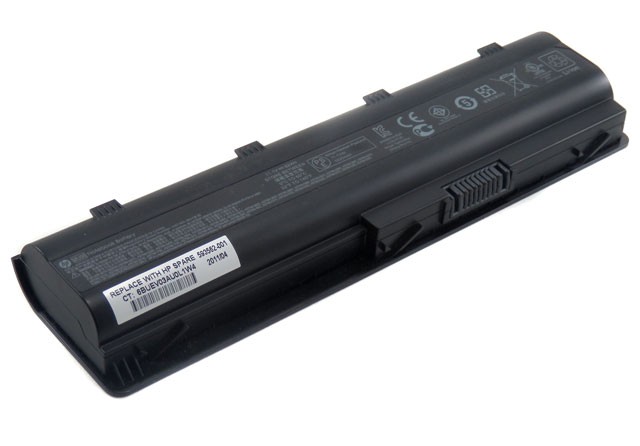How to save electronics and hardware from water damage
It’s no secret that water and electronics don’t mix. In fact, water mixing with electronics is devastating for the electronics. More often than not, water will kill it, although sometimes it can be saved depending on the level of submersion and whether or not the device was on or plugged in at the time.
Today, we’re going to show you how water kills electronics and whether or not there are steps you can take to save electronics from such submersion.
How does water kill electronics?
It’s not necessarily water itself that kills electronics, but the ions (sodium and chloride) inside the water. If you dumped pure water (water without these ions/electrolytes) on an electronic, the chance of an electronic being shorted out is extremely low, even lower if you use deionized water. In fact, many manufacturers will actually wash hardware components in distilled water to remove flux from the soldering process. This is because distilled or deionized water is a very poor conductor of electricity because of the lack of ions.
But, once you add in minerals from sodium or chloride, this is where the damage starts. And since we almost never use pure water, chances are, if you’re electronics are going to be soaked in water, it’s probably dirty (or mineral-filled) water, which is a very good conductor of electricity.
If an electronic device that is currently being powered comes into contact with this dirty water, it’s going to create a connection where there should be no connection. This can create a large current and damage the circuit by burning the device.
An electronic device that isn’t being powered or is turned off makes things a little less drastic. This dirty water isn’t going to burn your device by creating that current. Instead, a device that is turned off can most likely be saved by drying up the liquid so that no unwanted connections are created. Do keep in mind that dirty water can still fry devices that are turned off — some electronics could still have current running through them. To help stop this, you need to make sure batteries are removed from these devices and completely disconnect them from power (i.e. removing the plug from the wall).
Unfortunately, whether your device is on or off, this dirty water will corrode the electronic over long-term exposure (i.e. if the water isn’t cleaned up straight away). When metal comes into contact with water, it begins corroding, but with ions in the water, that corrosion happens much faster. If this dirty water corrodes a way the connection between two parts of the circuit, this will break the device, and you won’t be able to salvage it.
So, if your device touches dirty water while it’s on, there’s not much hope for the situation if the circuits were burnt by an electrical current. However, if the water wasn’t able to reach your hardware right way, like in the case of a smartphone, you might be able to turn it off straight away and still save it (we’ll get to this in a minute).
There’s definitely a lot more hope for devices that are turned off as long as you dry them up, but this can sometimes prove to be difficult in the case of, say, a chip or memory card, as these pieces of hardware aren’t very accessible for drying up all the water immediately.
It’s worth mentioning that, some electrical devices will work fine in dirty water, and that’s because they were designed to do just that — electrical water pumps, some lighting and wiring that you might see in, say, a fountain, etc.
Can you save electronics from water damage?
Saving electronics from water can be a hit or miss. It really depends on what it is and what the situation was. For example, if power was going to your computer, and you spilled water all over it, if there was an instant reaction (i.e. the computer shutting down or video no longer appearing on the screen), circuits have likely been fried from the electrical current we talked about earlier. But, if there was no power going to your computer, it might be able to still be saved through a lengthy and detailed cleaning process. And that’s a hefty maybe — you never really know if proper cleaning an drying can save your device from that certain death.
Editor’s Note: Please be aware that electronics and water do not mix, and could electrocute you. When trying to clean and save an electronic, one should be extra careful. You should never touch water that has been electrified or electrified by a device. Make sure you’ve turned power off to the device before starting the restoration process.
How to clean and save electronics
Anything that had power going to it and was hit with water (or if you turned on an electronic doused in water) and you noticed an instant shutoff or weird reaction should simply be properly disposed of and replaced. There was likely some circuit damage that happened that’s not cost-effective to get repaired. An outright replacement is best in this scenario.
If your device has a lithium battery in it, take it out immediately, if you can. Generally, it’s best to just replace lithium batteries that came in contact with water — water and lithium does not mix well. If your battery has any discoloration, bulging or melting, you’ll need to dispose of it through the proper channels (generally you can recycle it properly at an electronics store) and get a replacement battery.
If water hit an electronic that had power going to it and there was no reaction, safely remove power to it or turn it off immediately. If you know how to safely disassemble it so you can clean and dry all areas of the hardware, do so. Contrary to popular belief, putting hardware and devices in a bag of rice won’t save your electronics from certain death.
Once disassembled, very carefully use a small, soft brush to clean affected areas with isopropyl alcohol that has a concentration of 90% or more. By following this process, you’re removing those aforementioned minerals from the hardware, preventing unwanted connections and corrosion. Once you’ve carefully cleaned your hardware, you can place it in a container of pure distilled water or a container of the aforementioned isopropyl alcohol.
Afterwards, let air dry in a clean area. Using a hair dryer on its cold setting is also a great way to help in the drying process.
Really, the same process needs to happen if you spill any sort of liquid, like soda — shut off immediately, disassemble and clean as outlined above. Things like soda are extremely corrosive, so you’ll need to act fast.
It’s also worth noting that some electronics and hardware just might not be able to be saved. Like with a motherboard, CPU or power supply, there’s just too many little areas that water can get into. It’s risky, and these items should either be replaced or sent to a professional for cleaning and/or repair.
It’s also worth noting the dangers of wet power supplies. When they are wet, they are extremely dangerous due to the capacitors holding a charge. To remove, you’ll want use some heavy duty rubber gloves, turn off the switch on the power supply and carefully remove the power supply from the case, setting it somewhere safe where it can dry. It’s best to let the power supply sit and air dry over a couple of days. Do not try and take the power supply apart, as you could fatally injure yourself. Let the power supply air dry over a couple days and then plug it back in and see if it works.
Unfortunately, even your best efforts might end in an unhappy result, the electronic device not working. However, you might have more of a chance of rescuing your keyboard than your motherboard, purely because of the difference in complexity.
Are there devices that have a higher chance of being saved?
At the core, most devices are the same, as there’s always circuits at the core of it. That said, all devices are susceptible to water damage. However, some devices are much better at keeping water out — these are usually devices like mice and keyboards because of their plastic casing. If you were to spill water on these devices, much of that water wouldn’t make it down into the circuit board just because of how well encased it is.
That said, you might have an easier time restoring peripherals like keyboards and mice than, say, an external hard drive or SSD. Another device that could be easy to restore are smartphones. Many companies are making them very water resistant by closing off seams where water can get in. Some companies are even coating their ports (auxiliary, USB-C, Lightning, etc) with a special water resistant coating to keep things protected from accidental spills.
Newer laptops and all-in-one computers are very resistant against water, too. Again, largely because companies are focusing and sealing up as many places as possibly where water could enter.
On the other hand, you might not have very much luck with bare PC parts — motherboards, CPUs, memory, video cards, etc — especially if the PC was on when water hit it. Even if the PC wasn’t on, parts might prove more difficult, since there’s a lot of little spots where ions can create connections where there shouldn’t be.
Hiring someone else
Of course, you might not feel comfortable with cleaning up electronics and hardware yourself. Taking it to a professional can be beneficial, as they know what they’re doing and are able to identify and potential problems. Not only that, but they may even be able to make some repairs to your hardware if you weren’t wanting to replace it (although, do make the calculations and find out if a repair or replacement is more cost effective).
If you have Apple products, simply taking it to an Apple Store at the Genius Bar is your best bet. Cost varies a lot — if you have a warranty, you may be charged nothing. It all depends if Apple can save the hardware or if the need to replace hardware. You could be looking at as little as $60 for cleaning to as much as $1200 if a logic board in a MacBook Pro needs replacing.
Really, you can take your electronics and/or hardware to any local electronics repair shop or computer repair shop. Unfortunately, this takes more time, giving more time for corrosion and any other damage to set in — it can happen faster than you think. In other words, getting to a repair shop or staring the drying process yourself needs to happen as fast as possible, otherwise your electronics might not be able to be saved.
Closing
Hopefully by following the steps above we saved you a little money by being able to save your electronics from certain death! Water can (obviously) severely damage electronics, but can still be potentially saved by cleaning them properly (to get rid of the minerals that the water left). Unfortunately, this isn’t the case all the time and, in the future, preventive measures need to be taken to keep your electronics safe from water.
We cannot stress enough how recovering devices from water is a hit or miss situation. Even after drying and cleaning, your device still may not work. But, on the other hand, it may also come back to life and work for years to come — you never really “truly” know. And, in the case of computers themselves, this is a good reason to have a solid backup strategy in place.





















One thought on “How to save electronics and hardware from water damage”